Landscape design using camellias?
cweathersby
15 years ago
Featured Answer
Sort by:Oldest
Comments (24)
jeff_al
15 years agocweathersby
15 years agoRelated Professionals
Norfolk Landscape Architects & Landscape Designers · West Milford Landscape Architects & Landscape Designers · Accokeek Landscape Architects & Landscape Designers · Ashburn Landscape Architects & Landscape Designers · Wheeling Landscape Architects & Landscape Designers · San Juan Landscape Architects & Landscape Designers · Avocado Heights Landscape Contractors · Coeur d'Alene Landscape Contractors · Los Banos Landscape Contractors · Methuen Landscape Contractors · Pikesville Landscape Contractors · Winchester Landscape Contractors · Shenandoah Landscape Contractors · Shafter Landscape Contractors · Jericho Swimming Pool Buildersluis_pr
15 years agojeff_al
15 years agocweathersby
15 years agolongriver
15 years agosnasxs
15 years agoFrankie_in_zone_7
15 years agolongriver
15 years agosnasxs
15 years agocweathersby
15 years agosnasxs
15 years agoluis_pr
15 years agolongriver
15 years agocweathersby
15 years agoluis_pr
15 years agonandina
15 years agoEmbothrium
15 years agoEmbothrium
15 years agonippersdad
15 years agolongriver
15 years agocweathersby
15 years agosnasxs
15 years ago
Related Stories
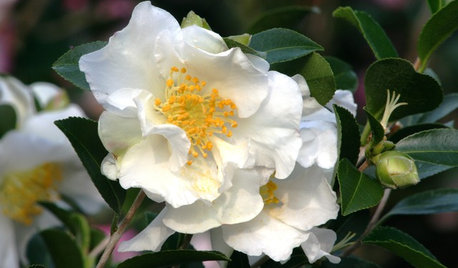
FLOWERSGreat Design Plant: Sasanqua Camellia
Pretty fall flowers belie this plant's hardworking nature and relative tough attitude toward disease
Full Story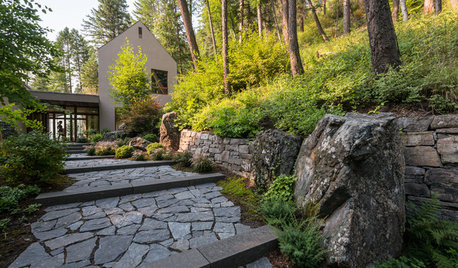
MATERIALSHow to Use Local Stone in Your Landscape Design
Locally sourced stone is a gorgeous and durable landscape building material
Full Story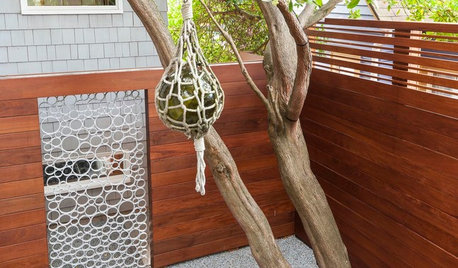
FENCES AND GATESA Designer Uses PVC Pipe to Cast a Modern Garden Gate
Landscape designer Scot Eckley walks us through the process of creating a custom aluminum ring gate
Full Story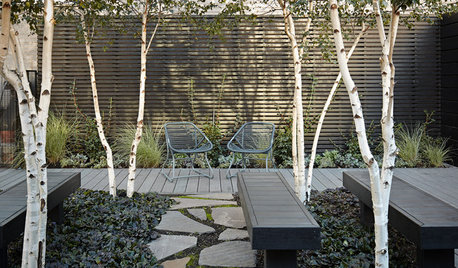
LANDSCAPE DESIGN5 Ways to Use Trees to Create a Sensational Garden Space
Trees define spaces in multiple ways and bring a layer of shade and intrigue to the landscape
Full Story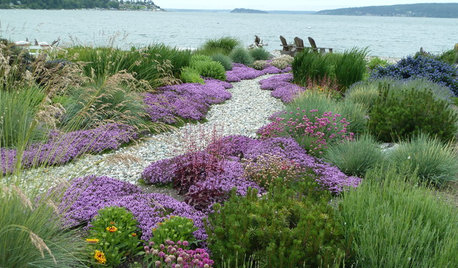
PLANTING IDEAS7 Ways to Use Drifts and Masses In Your Garden
Whether in formal or natural landscapes, grasses or succulents planted en masse elevate the garden
Full Story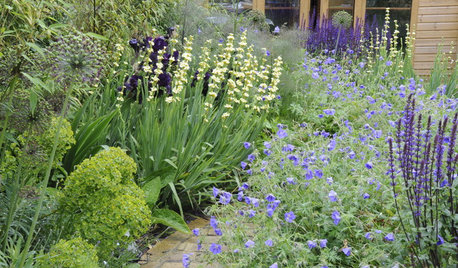
PLANTING IDEAS5 Ways to Use Pastel Plantings in Contemporary Gardens
Learn how pink, lilac, lavender, cream and peach can bring a soft beauty to your landscape
Full Story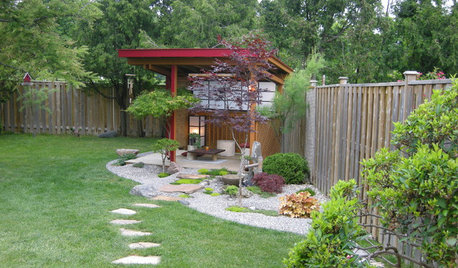
LANDSCAPE DESIGN12 Ways to Make Better Use of Yard Corners
Tap into your landscape's full potential with sculptures, seating, fire features and more
Full Story
LANDSCAPE DESIGNThe 7 Best Plant Types for Creating Privacy and How to Use Them
Follow these tips for using different kinds of plants as living privacy screens
Full Story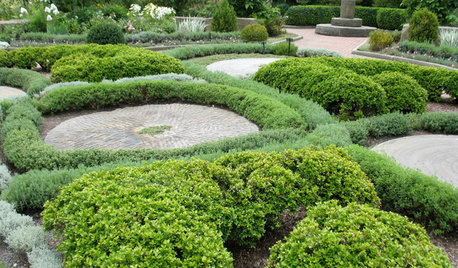
LANDSCAPE DESIGN5 Great Garden Uses for Granite Millstones
Give your yard character and history with a salvaged circular stone used as a patio, seat, fountain or focal point
Full Story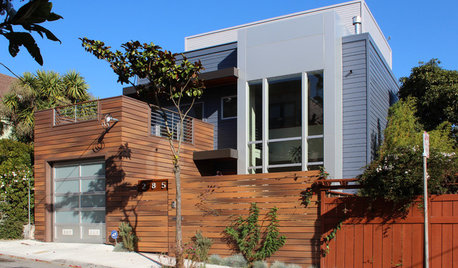
MATERIALSShould You Use Composite Timber in Your Landscape?
This low-maintenance alternative to wood is made from varying amounts of recycled plastic. Consider it for decks, fences and more
Full StoryMore Discussions






longriver